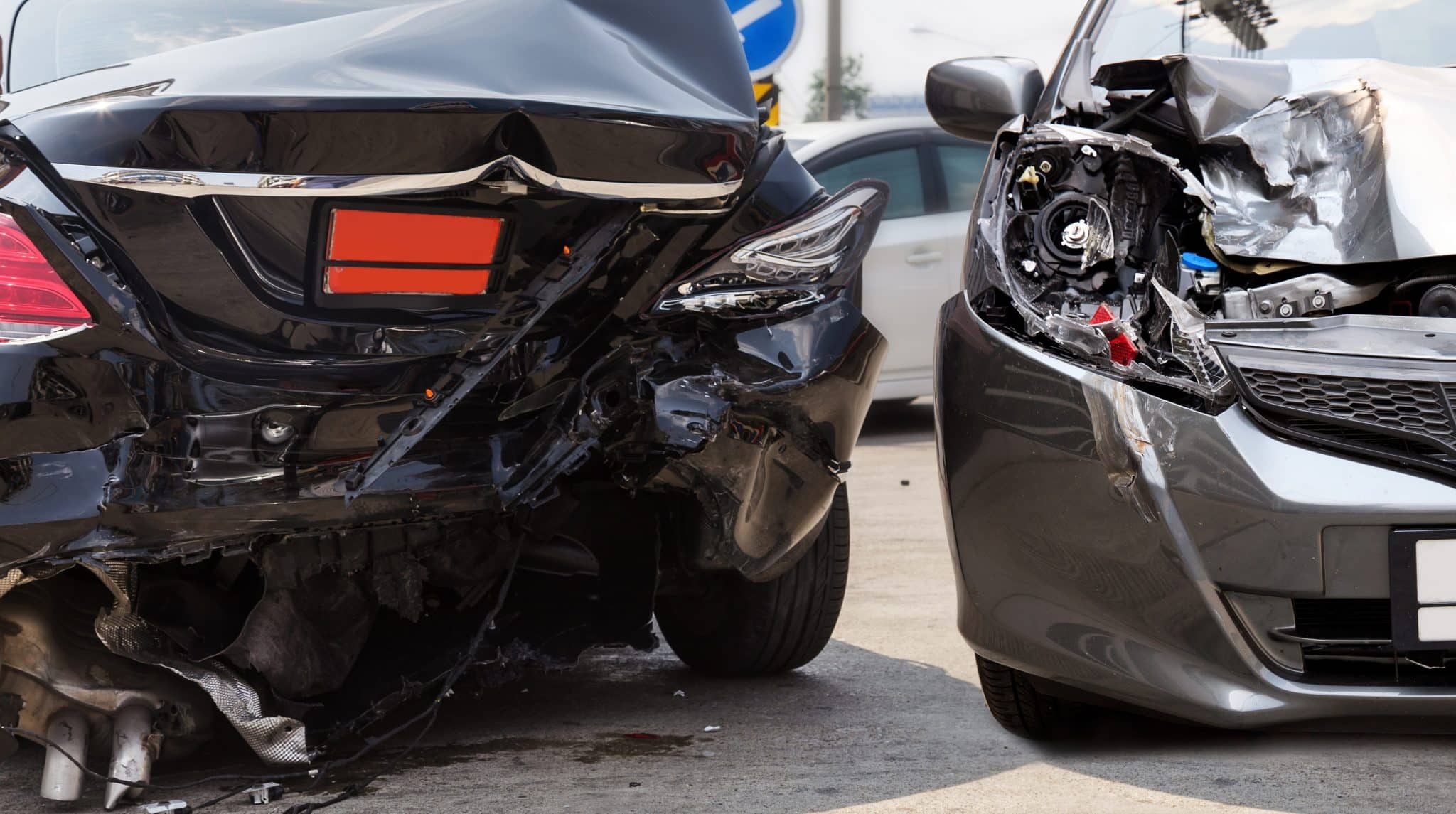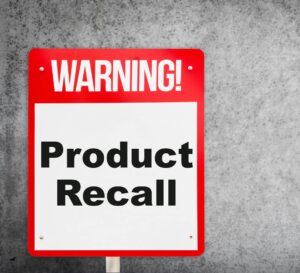
Georgia Comparative Fault Law
Imagine this scenario: Two cars are involved in an accident. One party suffers serious injury. The police arrive and prepare a report. An ambulance appears with medical personnel to treat the injured. Medical personnel remove the injured party from his car, place them on a stretcher, and put the injured person in the back of the ambulance. Shortly thereafter, the ambulance takes the injured party to the nearest hospital.
The injured party sues the other party for negligence. The injured party, who became the plaintiff, says that the accident occurred because the other party, the defendant, was negligent in operating his or her vehicle. The defendant counters that the plaintiff was also at fault because the injured party was speeding at the time of the accident. When this case goes to a jury, the jury will decide fault. The Georgia comparative fault rule will be in play, which, after each party’s proportionate fault is determined, may limit the reward available to the plaintiff.
Negligence Claim
The plaintiff must first prove the defendant was negligent in order to recover a reward from the defendant or his insurance company. To successfully prove negligence, a plaintiff needs to demonstrate the following:
- The defendant had a duty to conform to a certain standard of conduct;
- The defendant breached that duty;
- Such breach of duty was the actual (“but for” the defendant there would not have been an accident) and proximate (the defendant’s action was reasonably foreseeable) cause of injury;
- The plaintiff suffered damages.
The standard of conduct for the first prong is what an ordinary person would do in such a situation. If the defendant does not meet that standard, then he or she can be found negligent if the event caused the plaintiff’s damages.
If the plaintiff is able to prove that the defendant was negligent, the defendant may counter that comparative fault applies. In other words, he or she could argue that the plaintiff was also at fault. If the defendant were capable of proving comparative fault, the plaintiff’s recovery would be limited or even eliminated.
Georgia Comparative Fault Law
In personal injury cases, Georgia applies the comparative fault standard. Under this law, a plaintiff who demonstrates injury due to the defendant’s negligence can recover monetary damages provided that a jury determines the plaintiff is less than fifty percent at fault for the accident. In our example, if the jury finds that the plaintiff was somewhat a fault, but less than fifty percent, he or she could be awarded damages; however, if the jury finds that the plaintiff is at least fifty percent responsible for the accident, then the plaintiff cannot recover any damages. This is also known as partial comparative fault.
If the jury determines that the plaintiff is at fault but by less than fifty percent, then the plaintiff’s award will be reduced in a way that is proportionate to his or her fault. For example, if the jury awards $100,000 in damages and that the plaintiff was forty percent at fault, the plaintiff will recover $60,000, which accounts for the plaintiff’s portion of fault.
Contact Personal Injury Attorney Joel Williams if You Are Involved in an Accident
If you are involved in an accident, contact the personal injury law firm of Joel Williams, a Kennesaw, Georgia lawyer who fights for injury victims. If you have questions or would like to discuss your case, please call our office today at 833 – LEGALGA for a free consultation.





